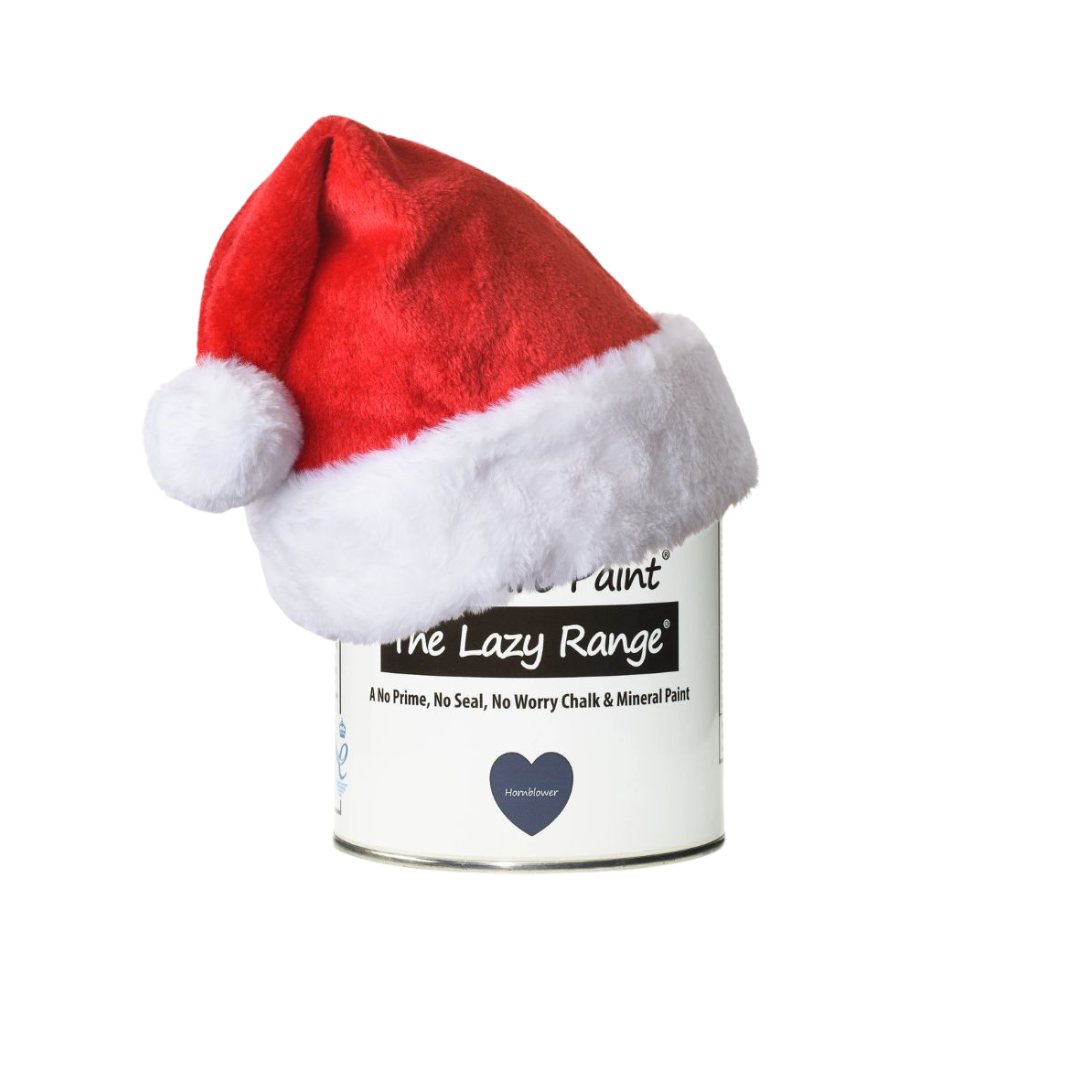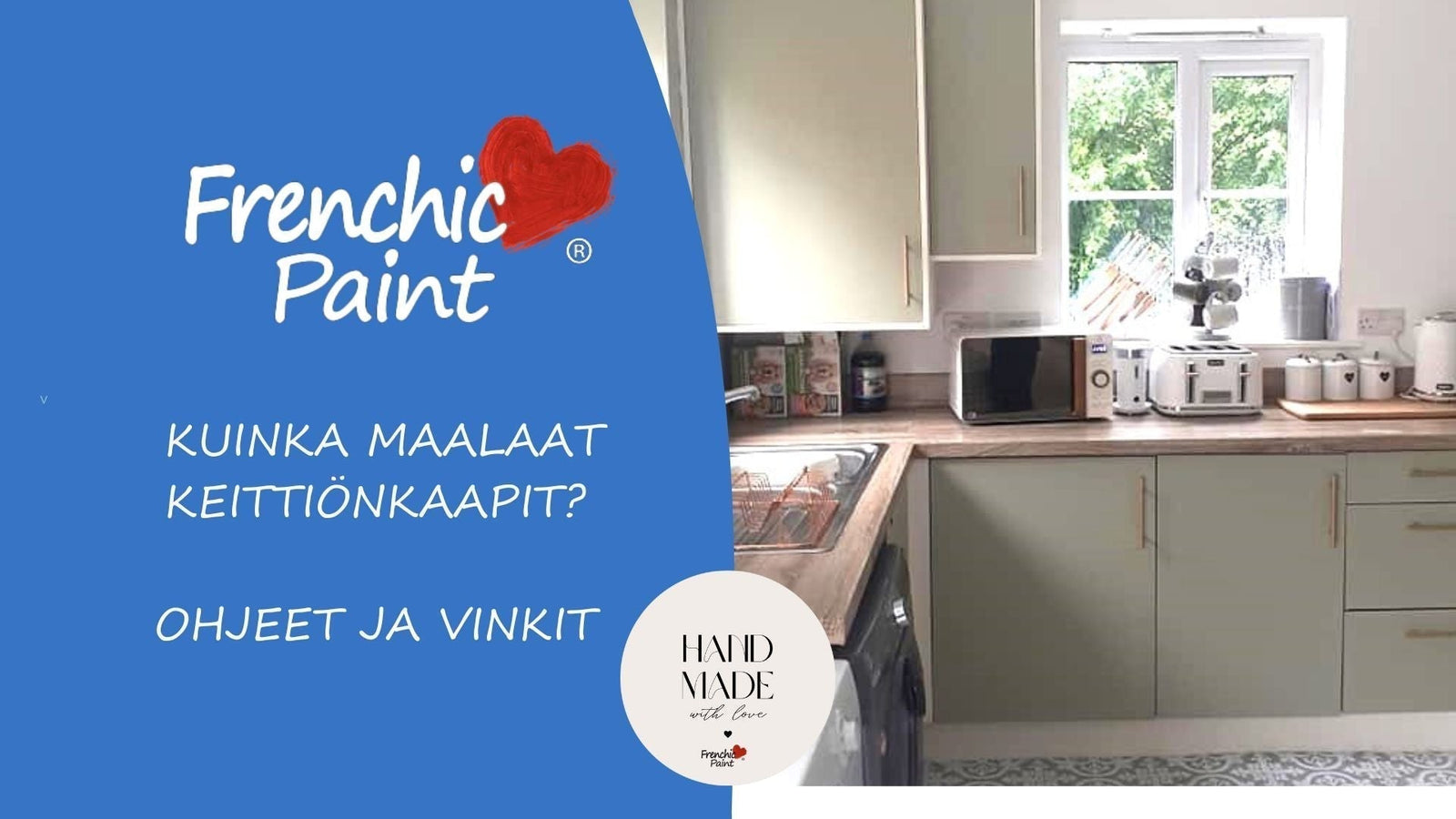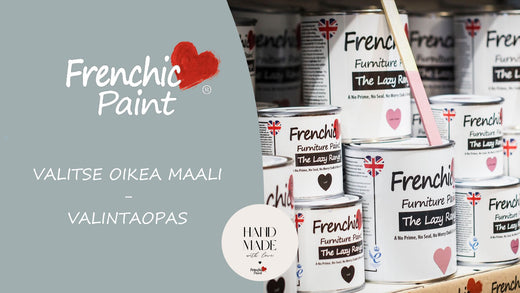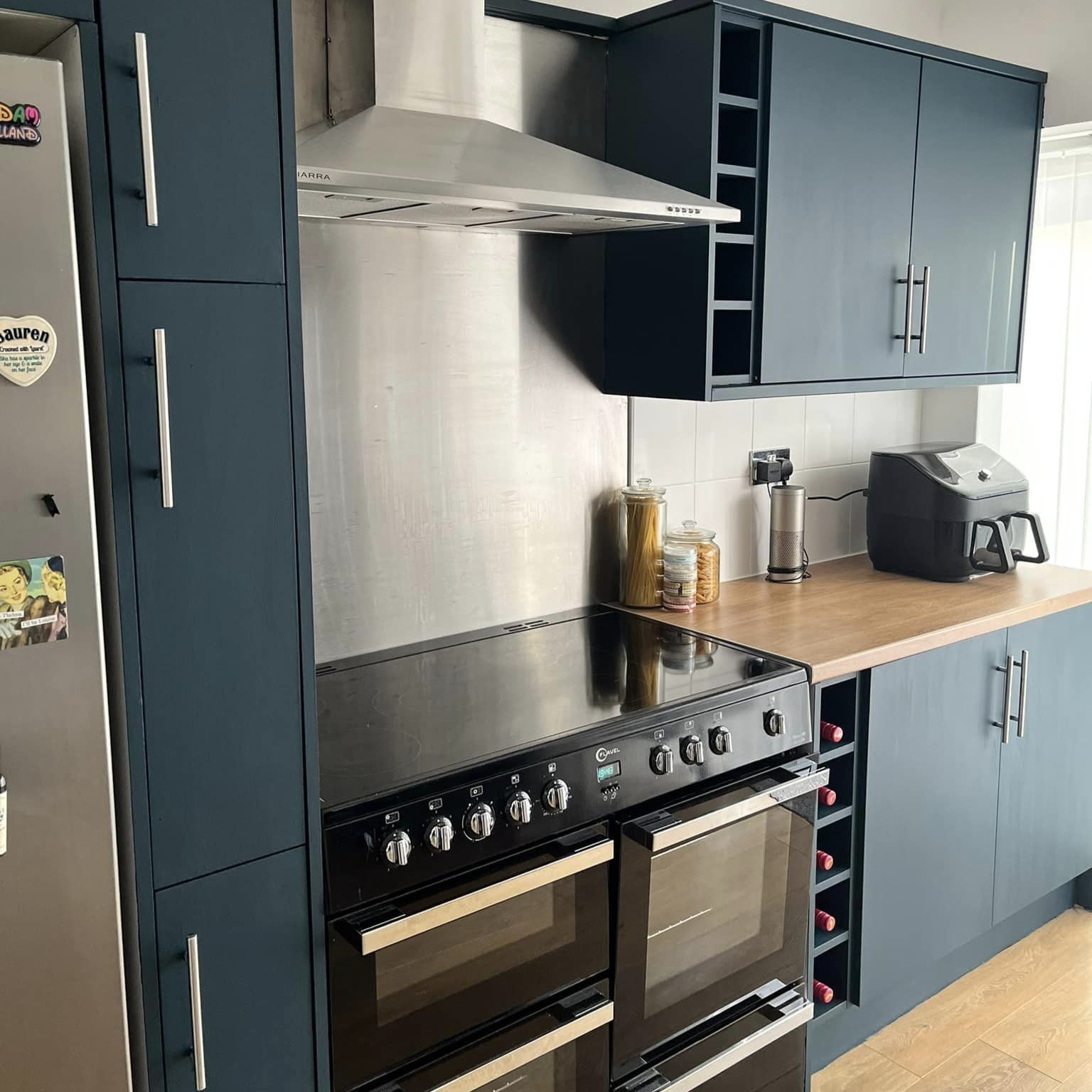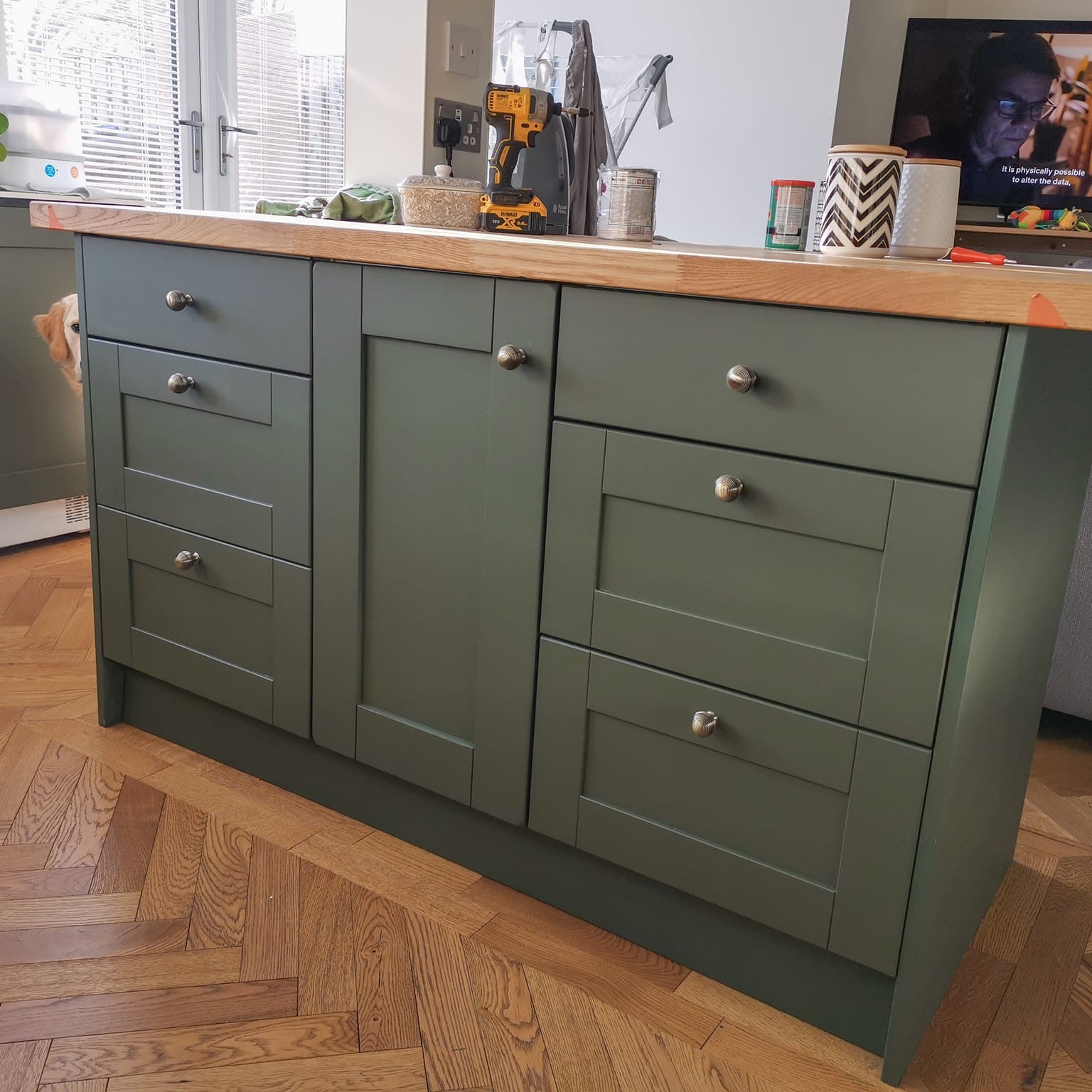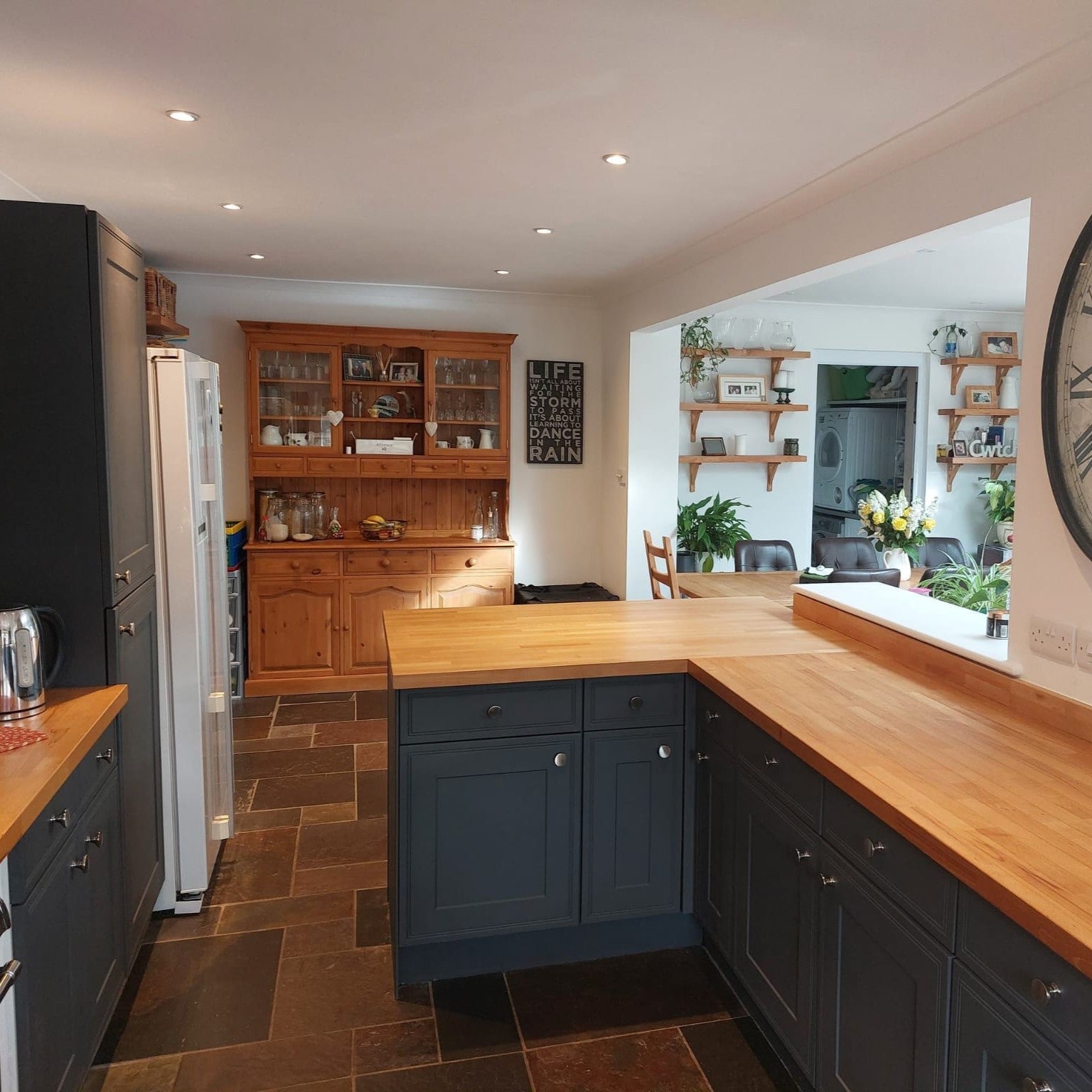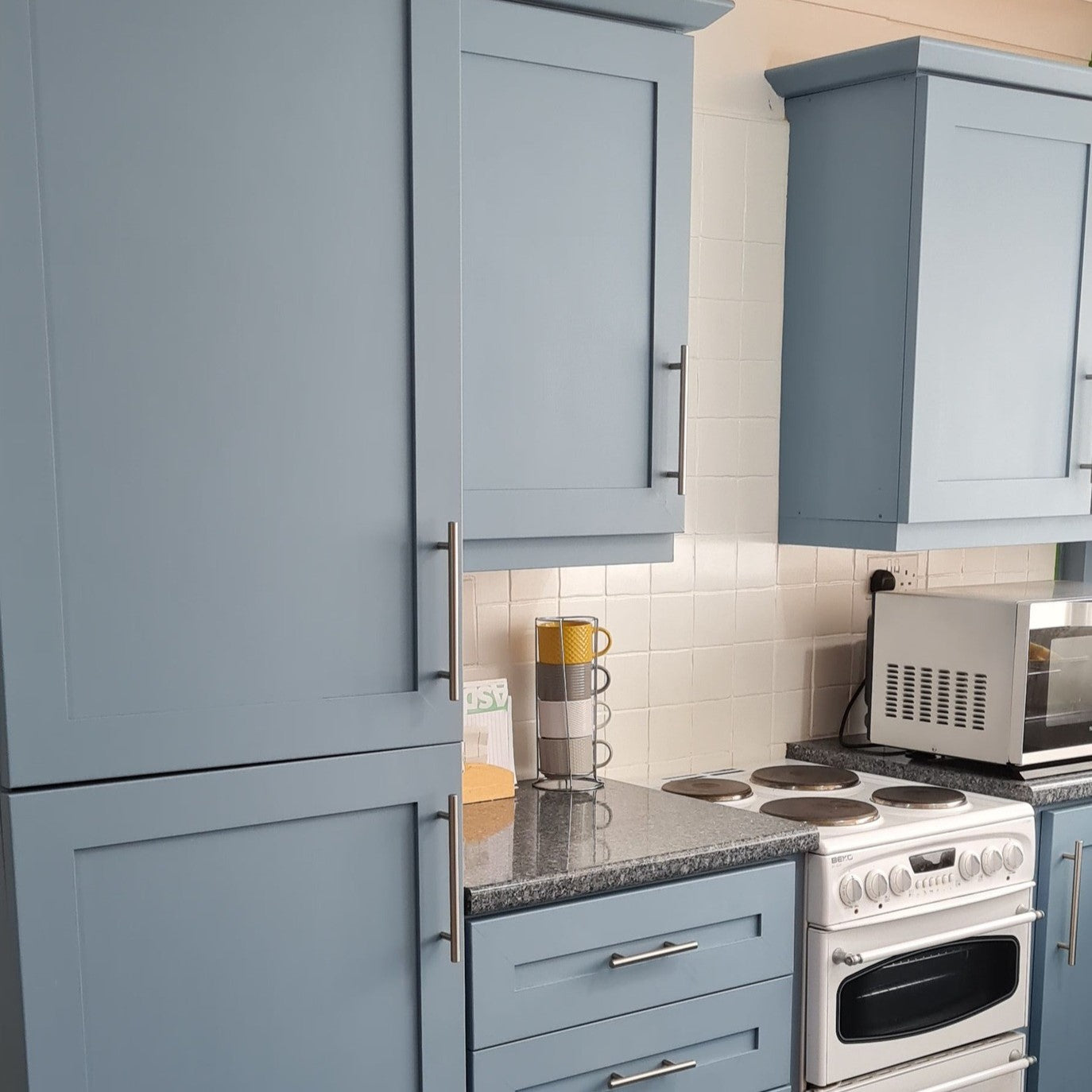This is how you care for and maintain painted furniture and painted surfaces
After putting effort into painting your furniture beautifully, you surely want to take good care of it.
With careful maintenance, your painted surface will stay beautiful and durable for a long time. Here are the best tips for caring for painted furniture!

1. Patience. Let the paint surface cure undisturbed
All paints need time to fully cure. Although Frenchic paint dries to dust- and touch-dry very quickly, achieving full hardness takes up to three weeks. During this time, handle the painted surface with extra care:
- Do not place heavy objects on the painted surface during the first few days.
- Do not place cloths or cushions on the painted surface during the first 48 hours.
- Avoid moisture and heavy wear.
2. Regular and gentle cleaning
Dust the surfaces of painted furniture regularly. This prevents dust from settling and avoids unnecessary scrubbing:
- Use a damp (not wet) cloth for wiping.
- Choose a mild detergent or just water.
- Avoid strong, corrosive, antibacterial disinfectants and bleaching cleaners.
- Do not use steam cleaning on painted surfaces.
- Avoid using abrasive cleaning tools.
3. Protect surfaces from heavy wear
If painted surfaces are subject to heavy wear (for example, children's furniture, table tops or counters), protect them well:
- Use placemats, coasters, and trivets.
- Apply Frenchic's Finishing Coat, such as the matte Tuff Top Coat (heat resistant) or the glossier Finishing Coat, which provides extra protection.
4. Protect the surface from heavy decorations and objects
Heavy decorations, such as televisions, lamps, or large pots, can over time stick to the painted surface or leave marks. To prevent this:
- Attach felt or cork pads to the bottoms of decorations.
- Avoid placing rough or sharp decorations on painted surfaces.
General tips for using painted furniture
- Appreciate and protect your furniture according to its use.
- Consider realistically how much wear the surface will endure and choose the finishing coat according to its intended use.
- Painted kitchen countertops usually require additional protection.
Remember: maintaining a painted surface also includes normal spot painting and upkeep. It keeps your furniture beautiful and functional for years.
Note that many cleaning agents (especially disinfectants and bleaching agents) contain chemicals that soften the paint surface over time. For this reason, a diluted cleaning solution is safer than undiluted.
Learn more painting and care tips on our Frenchic website.

